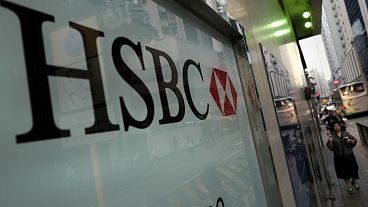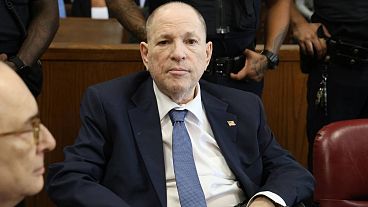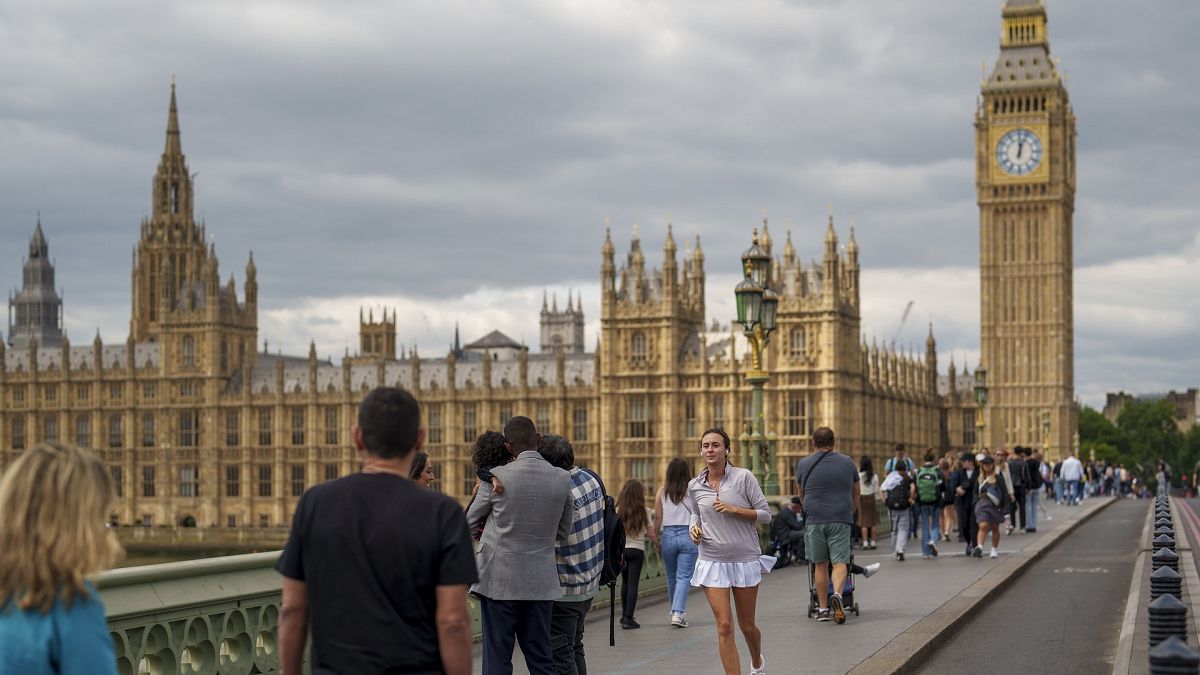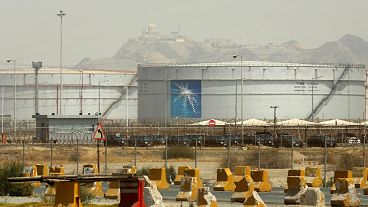The currency could potentially be further weakened if the Bank of England chooses to implement more rate cuts this year.
Sterling could potentially be on the way to seeing its longest loss run since last September, with the currency going towards its fourth consecutive weekly loss. The GBP/USD pair has already fallen more than 2% from mid-July, when it was trading at one-year highs of 1.30.
On Friday morning, the GBP/USD pair was trading at 1.27.
The pound's strength in July was mainly due to the UK unexpectedly being relatively politically stable, as well as the economy continuing to recover from the recession seen last year.
The GBP/EUR pair has also dropped about 1.84% since 24 July, when the pair was trading at almost two-year highs of 1.19, to trade at 1.16 at the time of writing.
This pressure on the pound has come mainly because the Bank of England (BoE) cut interest rates for the first time in four years on 1 August, the key rate down from a 16-year high of 5.25% to 5%. Interest rates had been held at 5.25% since August last year. The decision to cut rates saw a 5-4 vote by the Monetary Policy Committee.
Investors are also speculating that there could be at least another one or two rate cuts in store this year. If so, this could go a long way in weakening the pound further. However BoE Governor Andrew Bailey has highlighted that the central bank would take a more cautious approach to further rate decreases.
Fight against UK inflation may not be over yet
Laith Khalaf, head of investment analysis at AJ Bell said regarding the Monetary Policy Committee report for August, “The interest rate cut marks a significant victory in the fight against inflation, but the war isn’t over.
“Inflationary pressures are still lurking. The energy price cap is expected to rise this winter, public sector pay agreements might push up prices, and a second Trump presidency in the US could stoke further global inflation through tax cuts, tariffs and tough immigration controls.
"So there is little room for central bank complacency. Indeed, the Bank of England expects inflation to creep up towards 3% again towards the end of this year.”
Kyle Chapman, FX markets analyst at Ballinger Group said, “Since peaking last month, sterling has been trading as a proxy for political sentiment and investor risk appetite. The new Labour government’s first month in power has been plagued by rioting and manoeuvring at the Treasury aimed at softening up the public for rate cuts in the autumn.
Regarding where the pound could go from here, he said, “For me, sterling seems to have settled at an appropriate level. Its direction now is primarily dependent on the Fed and the US economy - three or four rate cuts this year and a soft landing should see sterling appreciate both as the rate spread improves and risk appetite picks up.
“Meanwhile, a Trump presidency and realisation of fears around a capitulation in the labour market and a potential recession - not my base case but a tangible possibility - would spur a haven bid for the dollar that could see sterling fall further.”















